Who's out, who's still in at the Trump White House 1 year later
There have been some notable departures.
— -- There was a slew of high-profile departures from the Trump White House over a three-week period this past summer--but they were hardly the only ones during the first year.
Some of the highest-profile positions have been part of White House shakeups--including chief of staff, press secretary, and communications director.
At the same time, a number of key aides who've stayed have been on the so-called Trump train since the beginning.
Here's a rundown of the biggest departures:
Mike Flynn, former national security adviser
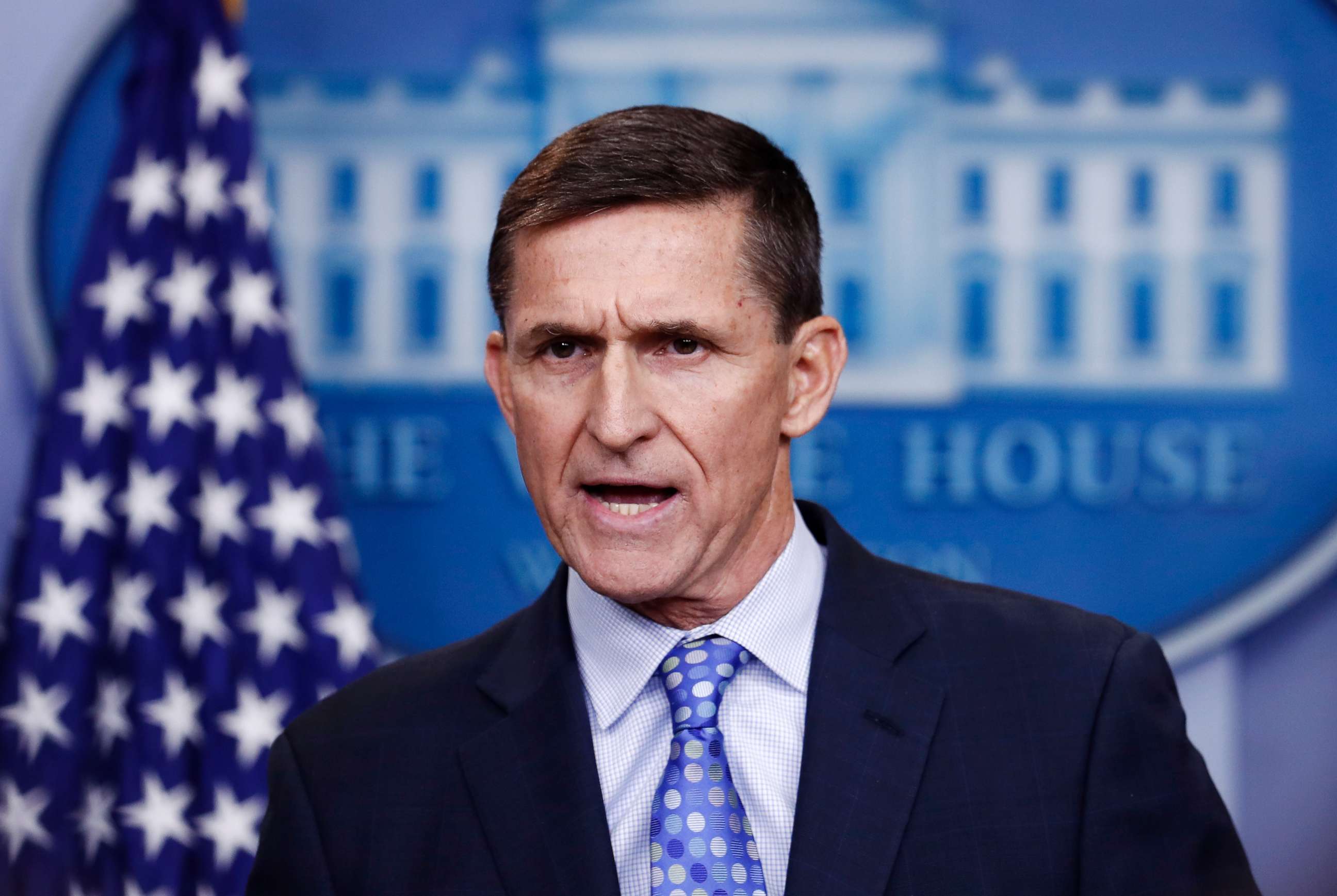
Flynn's departure came less than a month into his tenure as the president's national security adviser.
He lasted just over three weeks before being forced to resign Feb. 13 after it was revealed he misled Vice President Mike Pence about the nature of multiple contacts with Russian Ambassador to the U.S. Sergey Kislyak before Trump's inauguration.
On Dec. 1, Flynn pleaded to one felony count of making false statements to the FBI.
Reince Priebus, former White House chief of staff
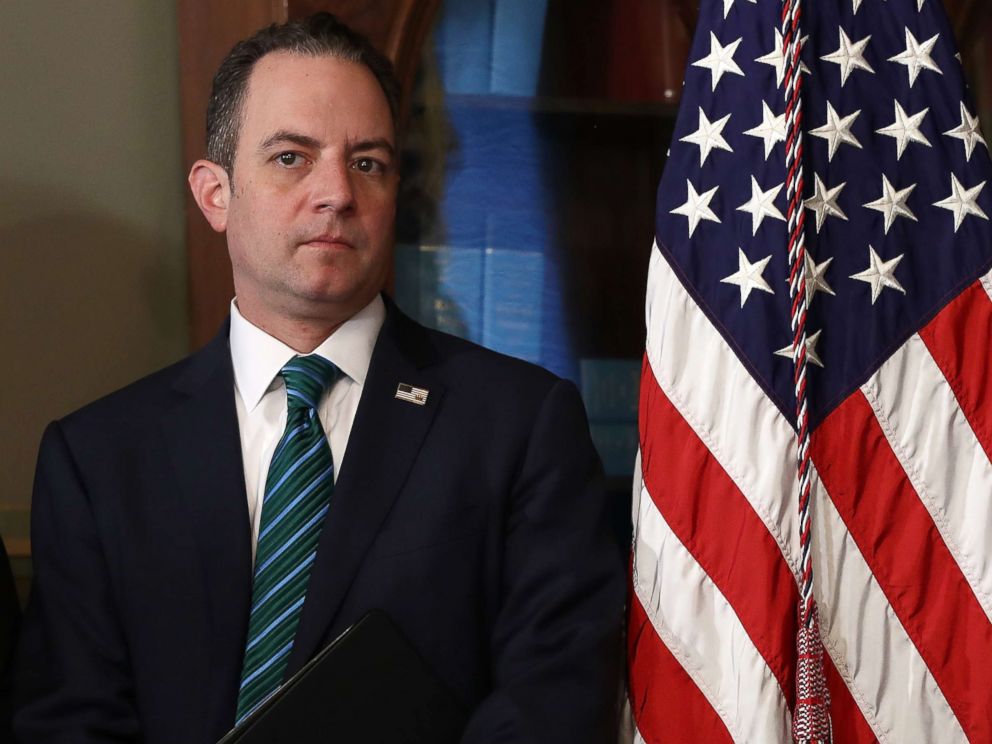
Amid tensions with the then-new communications director Anthony Scaramucci, Trump decided to replace Reince Priebus.
Priebus came into the White House with Trump, having served as chairman of the Republican National Committee during the campaign. Given his background in Republican politics, Priebus was widely seen as one of the more ‘establishment’ figures in the administration.
On July 28, Trump announced then-Secretary of Homeland Security John Kelly would replace Priebus.
Sean Spicer, former White House press secretary
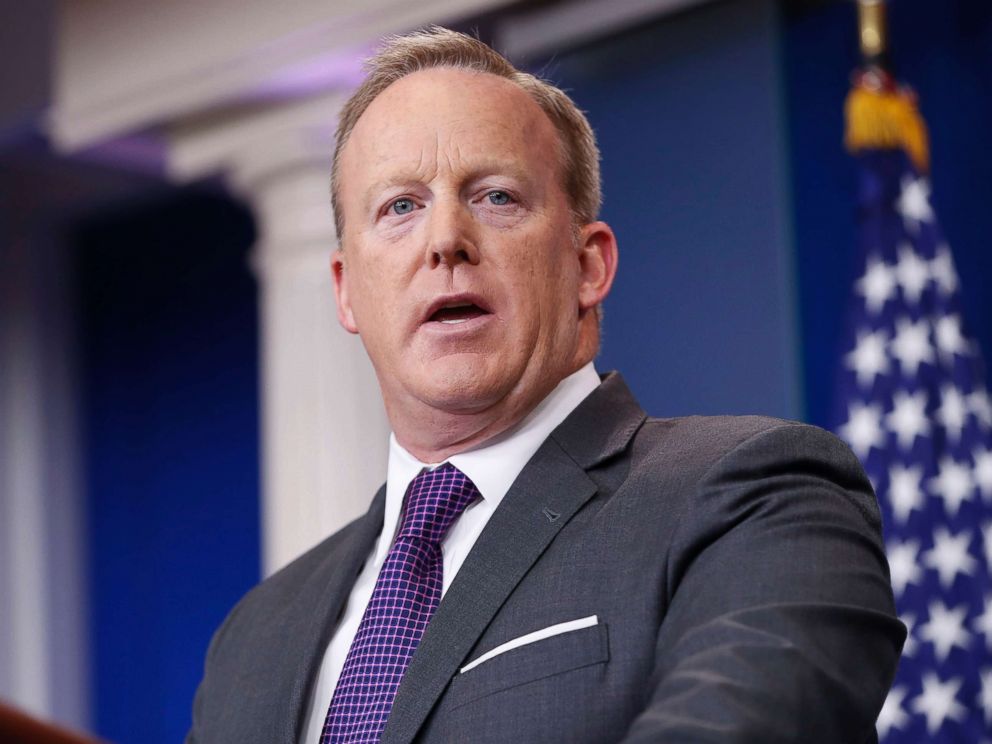
Sean Spicer became one of the best-known figures in the early Trump administration for his combative press briefings and an outlandish imitation on “Saturday Night Live.” That all ended on July 21, just over six months into the administration.
A few hours after Anthony Scaramucci was brought on the team as communications director, Spicer resigned. Spicer told ABC News that he felt "relieved" and that "organizationally" the White House communications team needed a "fresh start."
Spicer has made a handful of public appearances since his departure, including a controversial moment at the Emmy Awards when he mocked his own claims about the size of the crowd at Trump's inauguration.
Anthony Scaramucci, former White House communications director
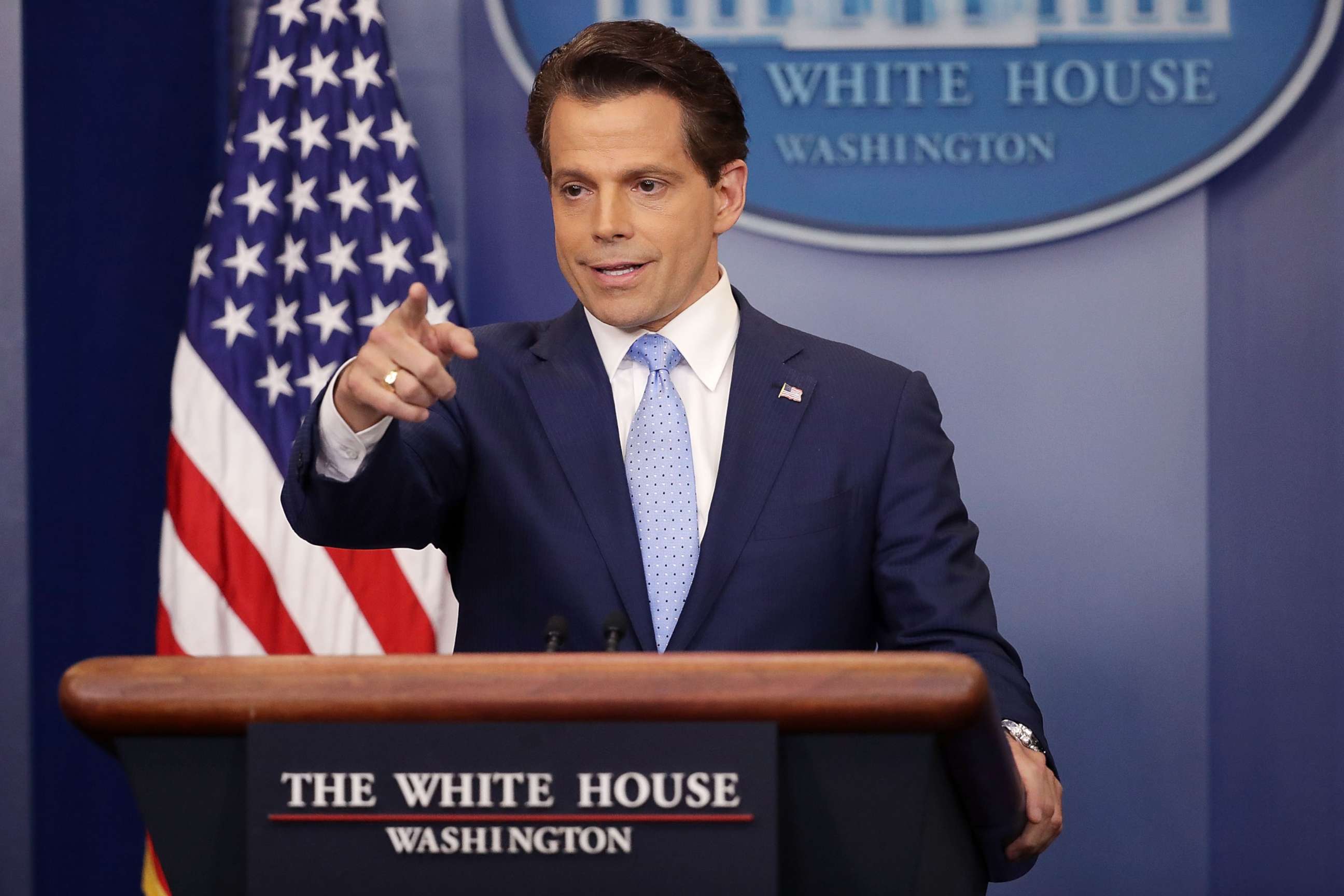
A former investment banker briefly became the head of the White House communications operation--before a profanity-laced conversation with a reporter led to his ouster.
The hiring of Anthony Scaramucci ruffled feathers within the White House, and prompted the resignation of a beleaguered Spicer, and the replacement of Trump's then-chief of staff Priebus a week later.
With Scaramucci just days into his role, The New Yorker's Ryan Lizza published a detailed account of an expletive-ridden phone conversation he had with Scaramucci. Scaramucci resigned four days after the article's publication.
All told, Scaramucci officially held the role of communications director for a little more than a week.
Steve Bannon, former White House chief strategist
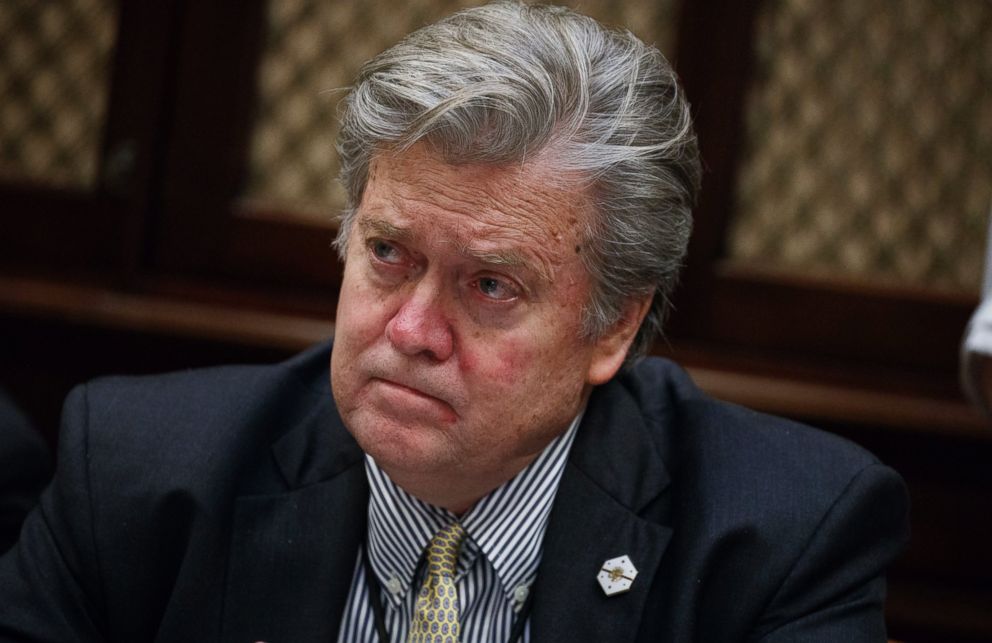
Critics opposed Bannon's purported nationalist views and former position as executive chairman of the website Breitbart News, which published articles that promoted the so-called alt-right movement.
Bannon's firing came as a result of Trump's increasing frustration with him, according to one senior White House official.
He returned to Breitbart News after leaving the White House, and publicly supported certain far-right candidates including Roy Moore in Alabama who made a failed run for U.S. Senate. He came under fire from Trump in January 2018 for comments he made to the author of "Fire and Fury" - a revealing book about the administration, and days later it was announced that Bannon was stepping down from his role at Breitbart.
Mike Dubke, former White House communications director
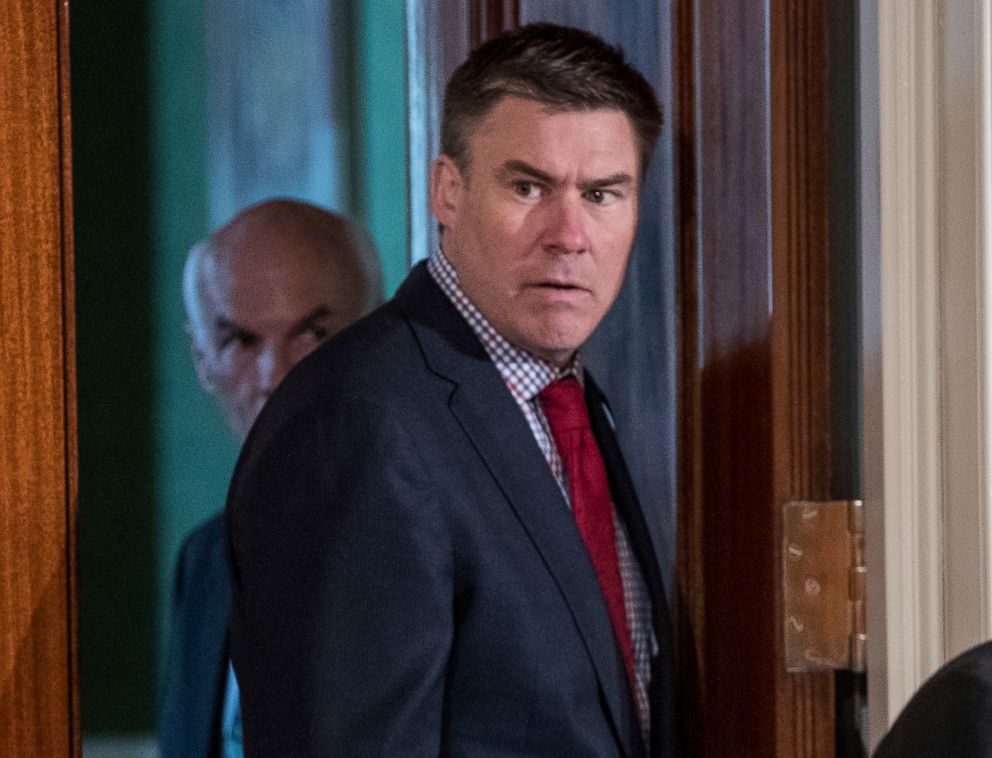
Dubke wasn't part of the Trump team for long, joining the White House in early March and announcing his departure only a little more than two months later.
His lack of roots within the Trump team may have contributed to his departure-- Axios reporting that he didn't gel with those who had been part of the campaign.
He reportedly left on good terms June 2.
Sebastian Gorka, deputy assistant to the president
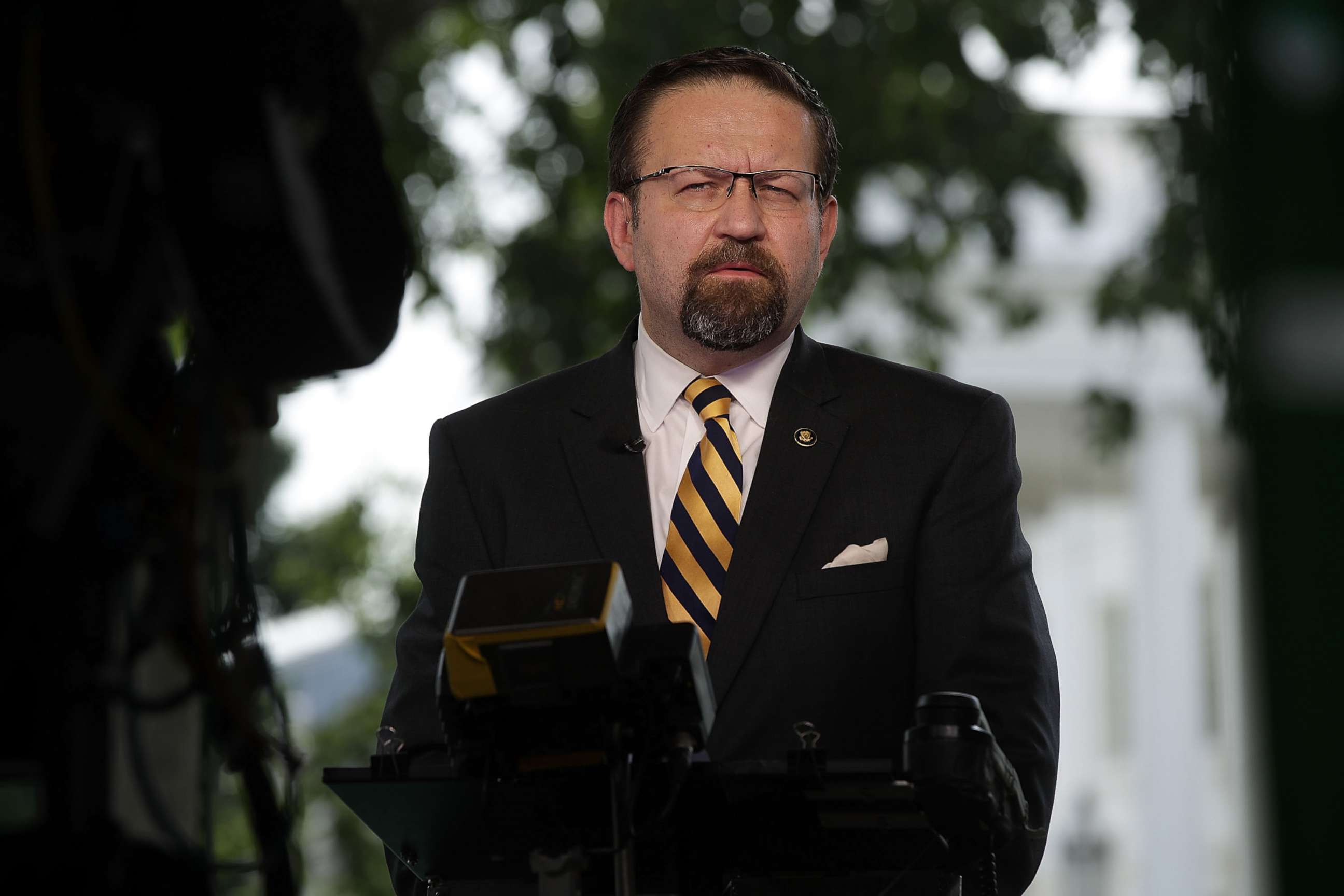
Sebastian Gorka attracted an extraordinary amount of scrutiny during his time in the White House for his alleged ties to a far-right Hungarian nationalist group and his questionable national security resume.
Known for his combative television appearances, he courted controversy in early August with an interview just a week prior to the violence in Charlottesville, Virginia in which he criticized the news media for focusing too much on white supremacists.
Gorka wrote a lengthy letter obtained by The Federalist in which he stated he had resigned his post-- saying he was frustrated with national security adviser H.R. McMaster's leadership and his moves to push out some close allies of former chief strategist Steve Bannon.
Omarosa Manigualt-Newman, former communications director for the Office of Public Liaison
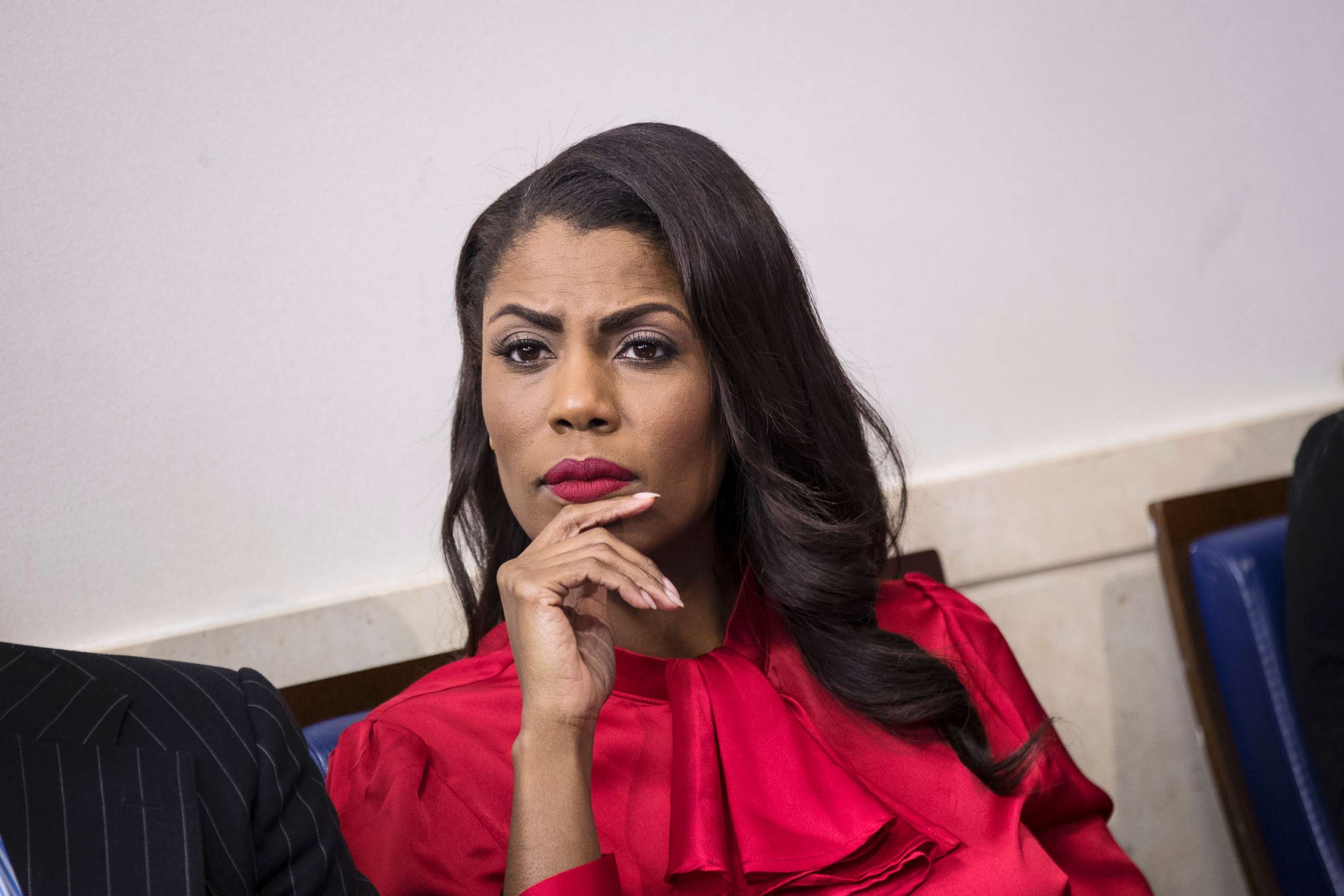
She was fired three times from various seasons of "The Apprentice," but former reality star and Trump confidante Omarosa Manigualt-Newman insists she resigned from her role at the White House, denying reports she was fired and had to be escorted from the building. A White House official said in a statement on Dec. 13 that Manigault-Newman resigned “to pursue other opportunities.”
Manigualt-Newman spoke about her departure on "Good Morning America" the next day, saying she and chief of staff John Kelly "had a very straightforward discussion of concerns that I had, issues that I raised and, as a result, I resigned."
The White House announced that while Manigault-Newman will not have the same level of security clearance, she will officially stay on in her role until Jan. 20 and would continue to get paid during that time.
She was in charge of outreach to the leaders of HBCUs--historically black colleges and universities--and also oversaw the president’s visit to the Smithsonian’s National Museum of African American History and Culture in Washington, D.C. But Manigault's day-to-day duties could not be pinpointed and, according to Politico, she used the White House as a backdrop for her 39-person bridal party to take wedding photos.
Katie Walsh, former deputy chief of staff
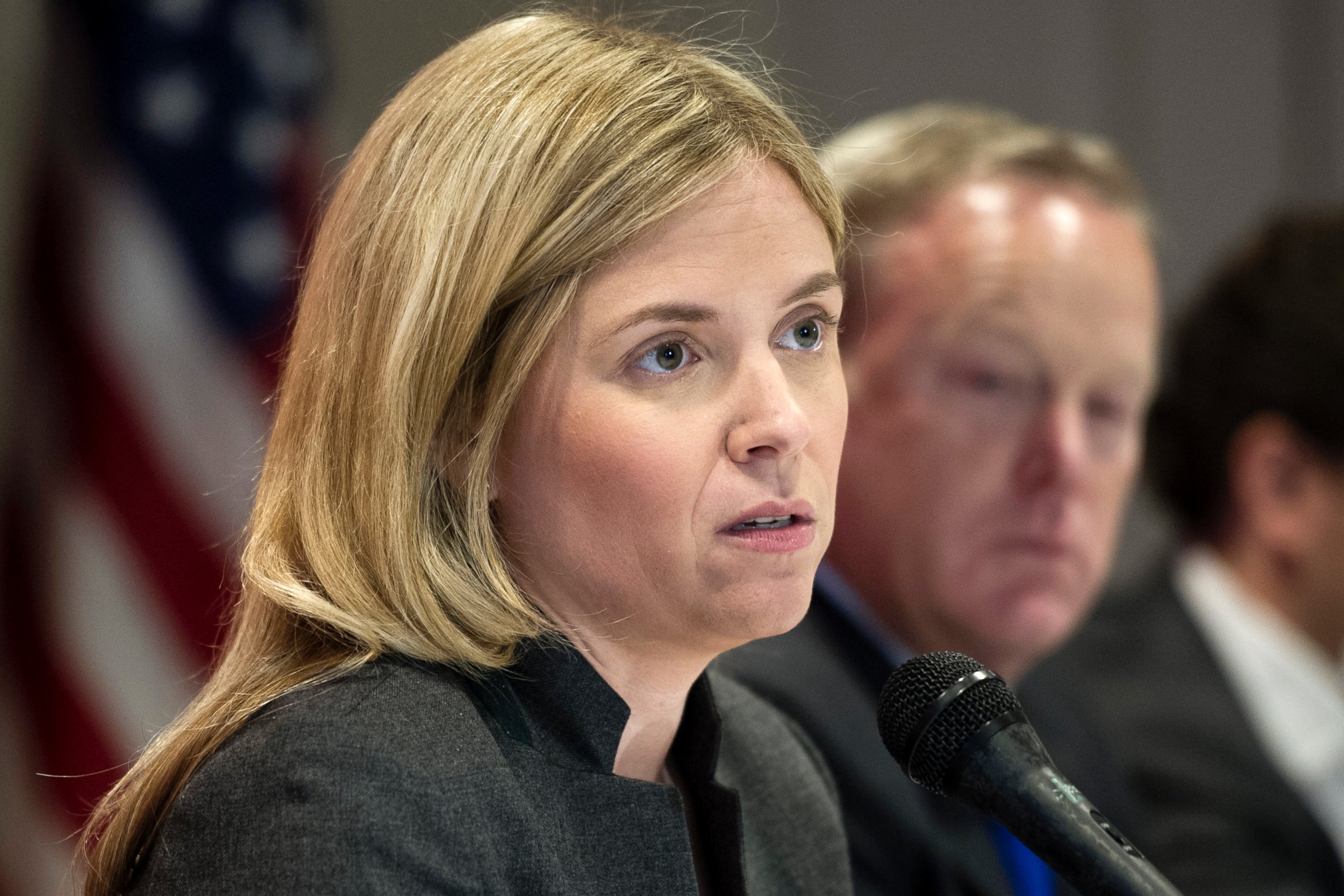
Former Deputy Chief of Staff Katie Walsh left the White House in March to consult for an outside group that aims to help with Trump’s agenda.
Dina Powell, deputy national security adviser
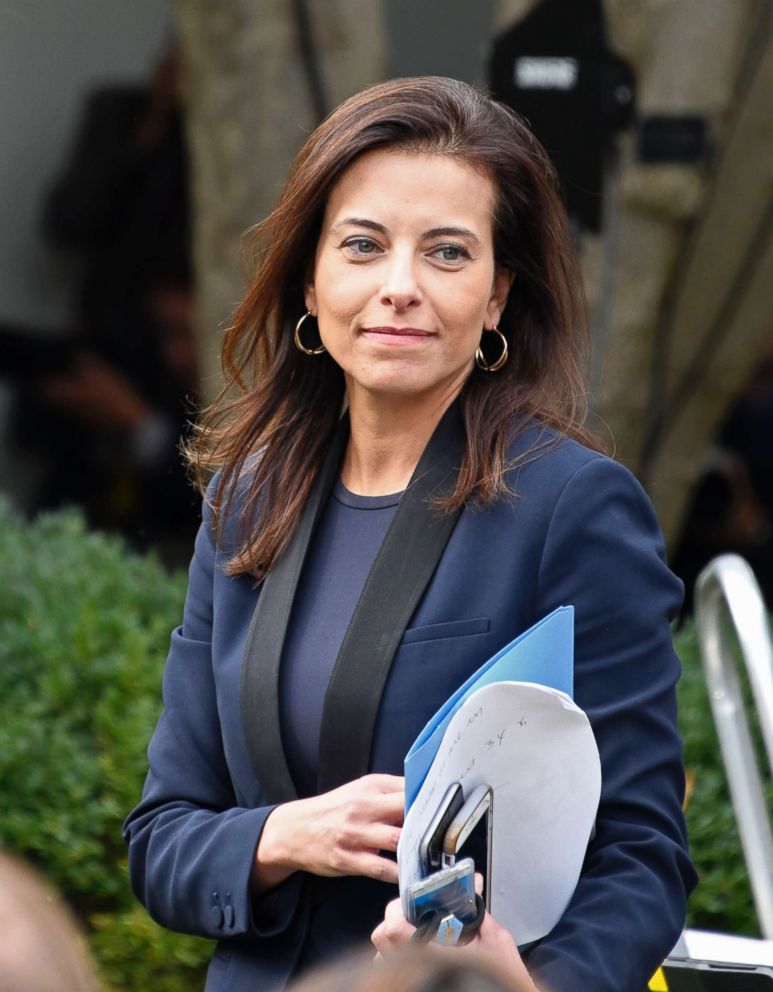
Powell is set to leave the White House in early 2018. The announcement of her departure came on Dec. 8 and her final day of work in the administration has not been publicly released.
Powell has been a key player in the administration’s Middle East policy, with senior adviser Jared Kushner releasing a statement saying that she "has been a valued member of the Israeli-Palestinian peace team."
White House Press Secretary Sarah Sanders released a statement saying Powell has been "a key, trusted advisor" and "has always planned to serve one year before returning home to New York, where she will continue to support the president's agenda and work on Middle East policy."
The kind words didn't end there, as National Security Adviser H.R. McMaster also released a statement asserting that "she is one of the most talented and effective leaders with whom I have ever served."
Who’s still around
Not everyone has left, however, and a number of familiar faces have stayed on to help achieve Trump administration goals into 2018.
One reason why the list of those who date back to the campaign is on the shorter side stems from the fact that the campaign was a relatively lean operation and not everyone involved stayed on after the election and transition.
Others, including all but one cabinet member, have remained part of the administration.
Here are the key players who have been there since the beginning:
Jared Kushner and Ivanka Trump
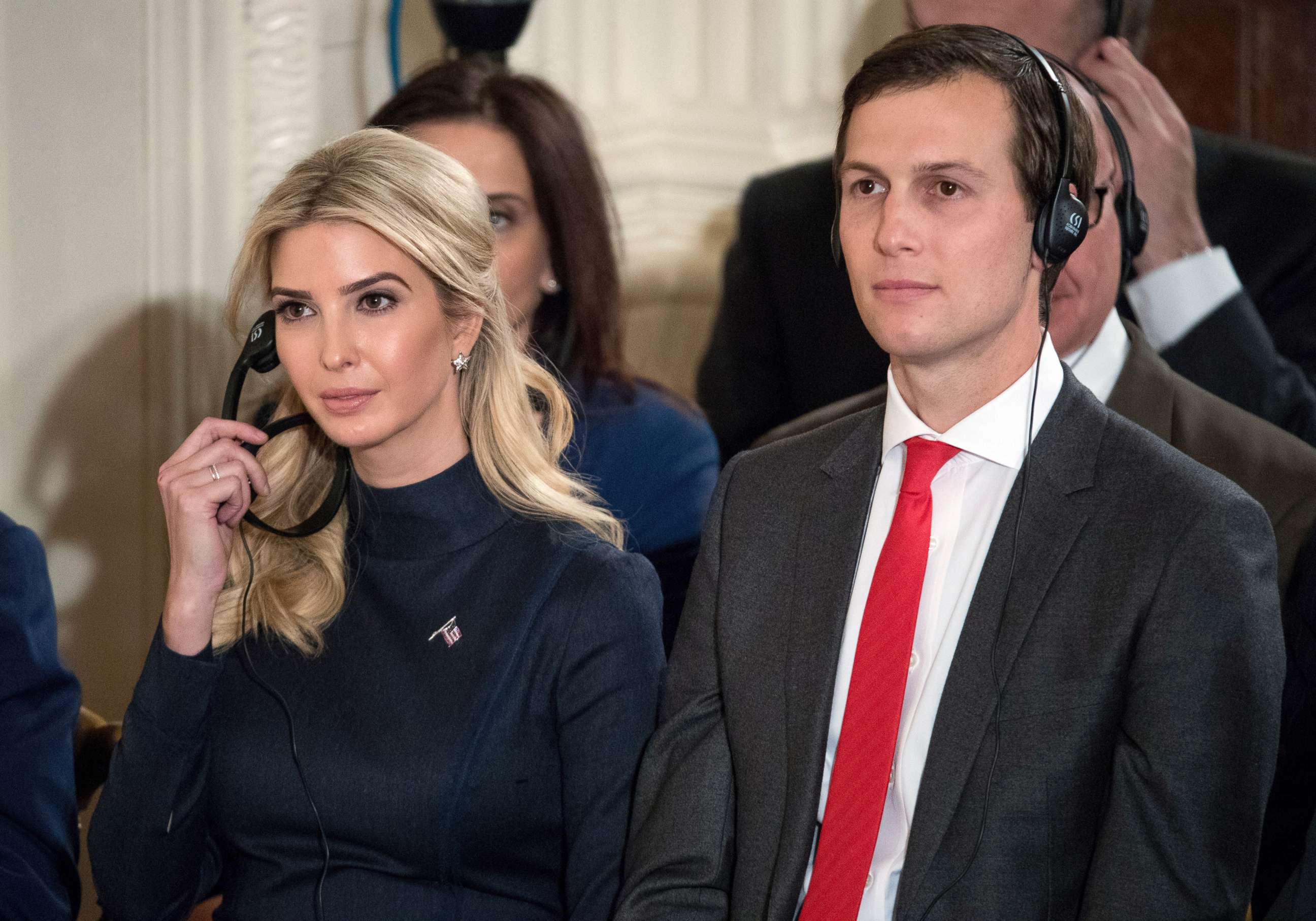
Jared Kushner, the president's son-in-law and senior adviser, had been a key player in the presidential campaign and translated that into a powerful role inside the White House. Kushner was named head of the new White House Office of American Innovation and was tasked with leading projects ranging from prison reform to restarting Middle East peace efforts.
The role held by his wife Ivanka, Trump’s elder daughter, has grown over the first year. While she didn’t have an official role at first, she drew controversy for regularly attending White House and public events with her father, and then in March her position as an unpaid special adviser was formalized and she was given a White House office. Ivanka Trump has since made her own version of state visits to Japan and India and has pushed for some of the administration’s biggest policy proposals, including tax reform.
Hope Hicks, White House communications director
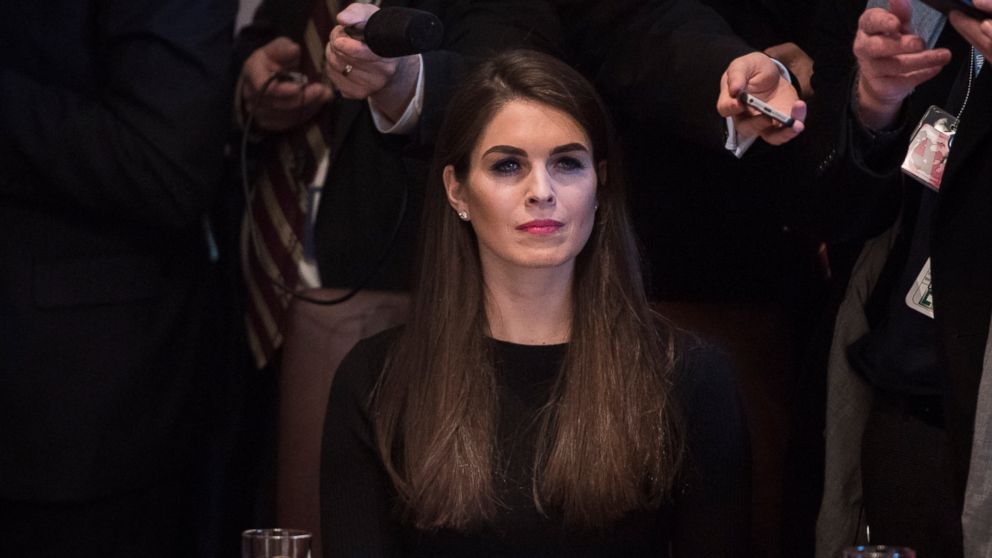
One person who has been a near constant presence around Trump from the very beginning is Hope Hicks.
A former public relations consultant, Hicks was Trump’s press secretary during the campaign and followed him into the White House.
Starting as director of strategic communications, it was announced in September that she had been promoted to White House communications director.
Sarah Sanders, White House press secretary
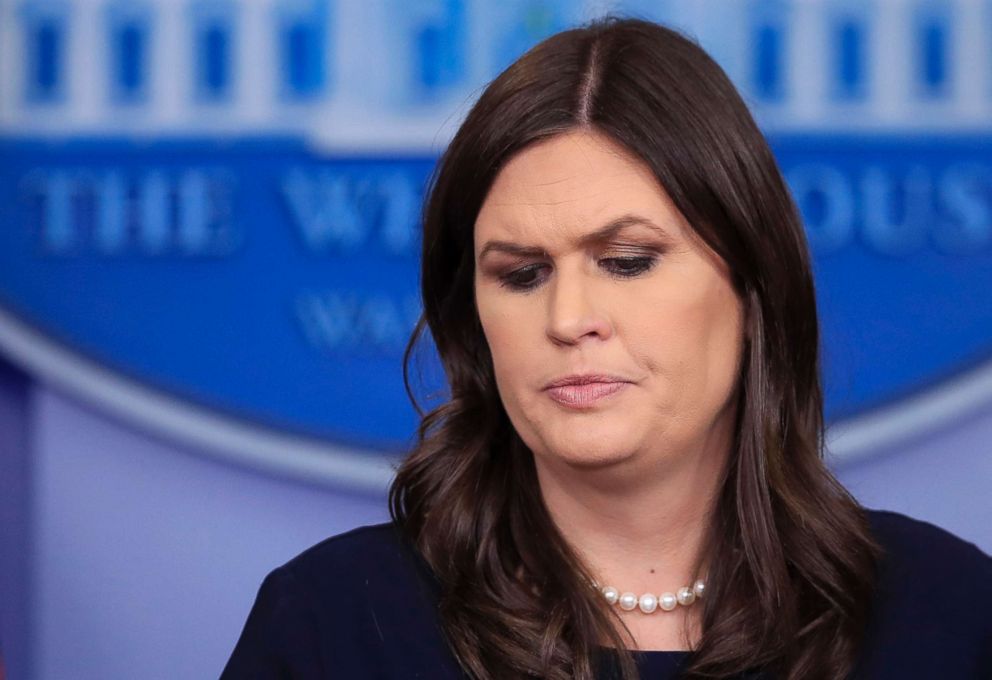
Sarah Sanders is now one of the most public faces of the administration as the press secretary.
Sanders regularly conducted press briefings during the first six months of Trump's term--but most frequently off camera as the White House faced questions over the possibility of Sean Spicer's role changing.
During the 2016 campaign, she worked first for her father, former Arkansas Gov. Mike Huckabee, and then, after his presidential bid failed, she joined the Trump campaign. She began working as a senior adviser to the Trump campaign in February 2016 but then joined the campaign’s communications team in September 2016.
Kellyanne Conway, counselor to the president
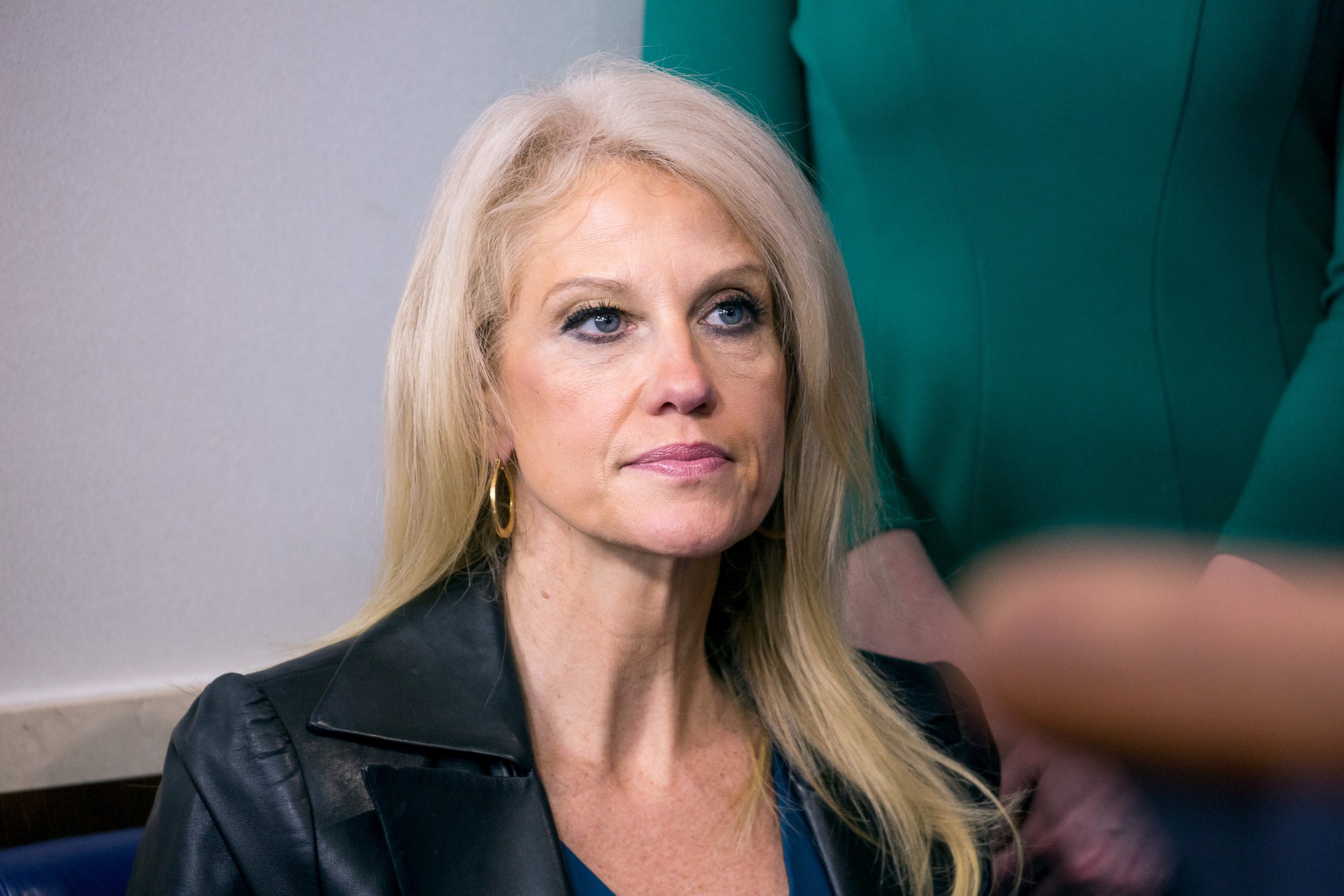
Trump’s former campaign manager is one of the familiar faces still working closely with Trump as counselor to the president.
She regularly speaks for the White House on television, but some appearances have been highly controversial, including one when she cited a terrorist attack that never happened and anotehr in which she defended Spicer’s characterization of Trump inauguration crowd size by saying he used “alternative facts.”
Stephen Miller, senior policy adviser
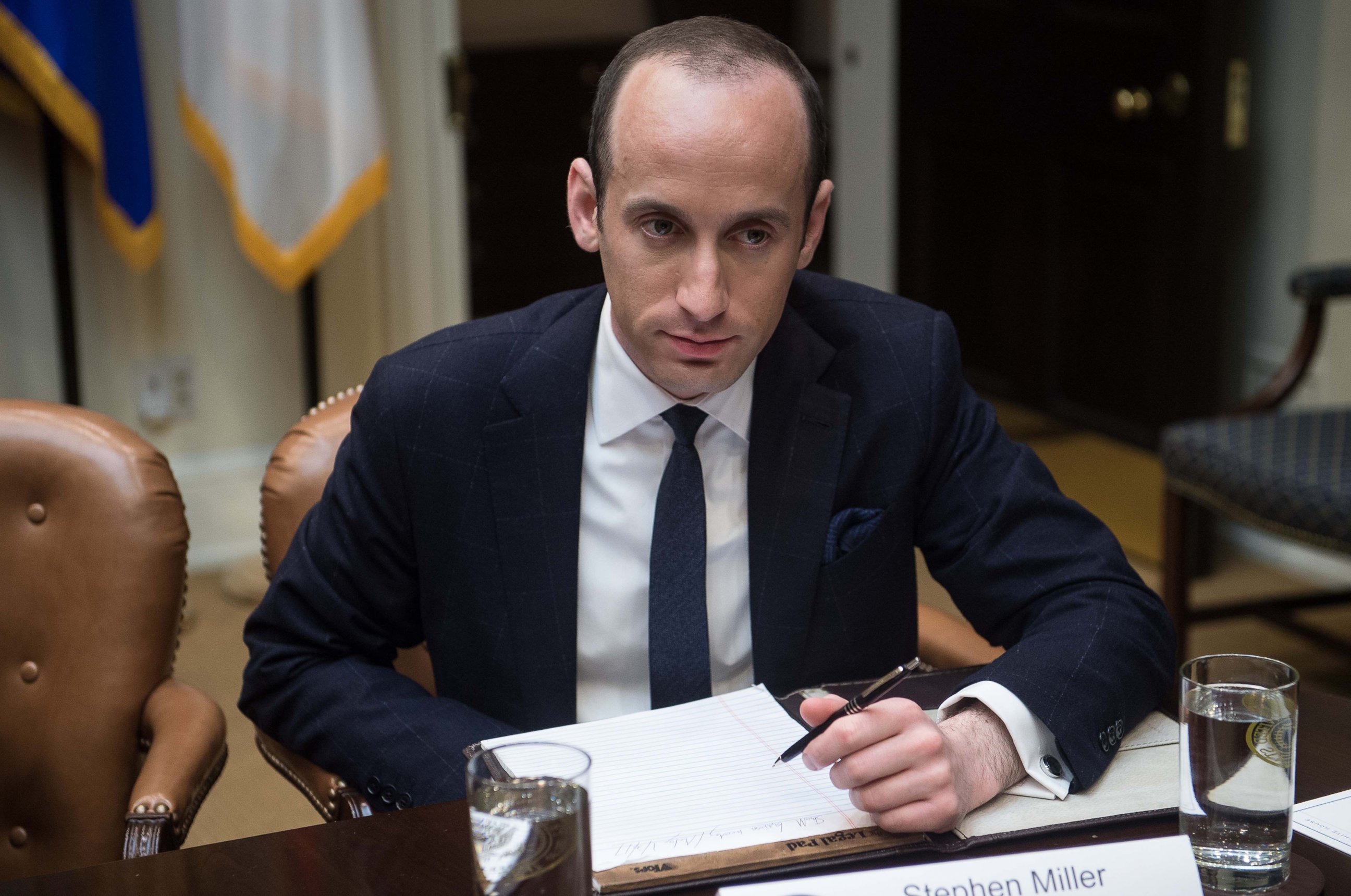
Another campaign carryover is Stephen Miller, a senior policy adviser who has played a central role in some of the more controversial administration moves.
Miller has been a key player in the attempts to implement a travel ban and in February doubled down on the president’s claims of widespread voter fraud in the election. Earlier this month, the administration disbanded the presidential voter fraud commission.
This story is part of a weeklong series examining the first year of the Trump administration.